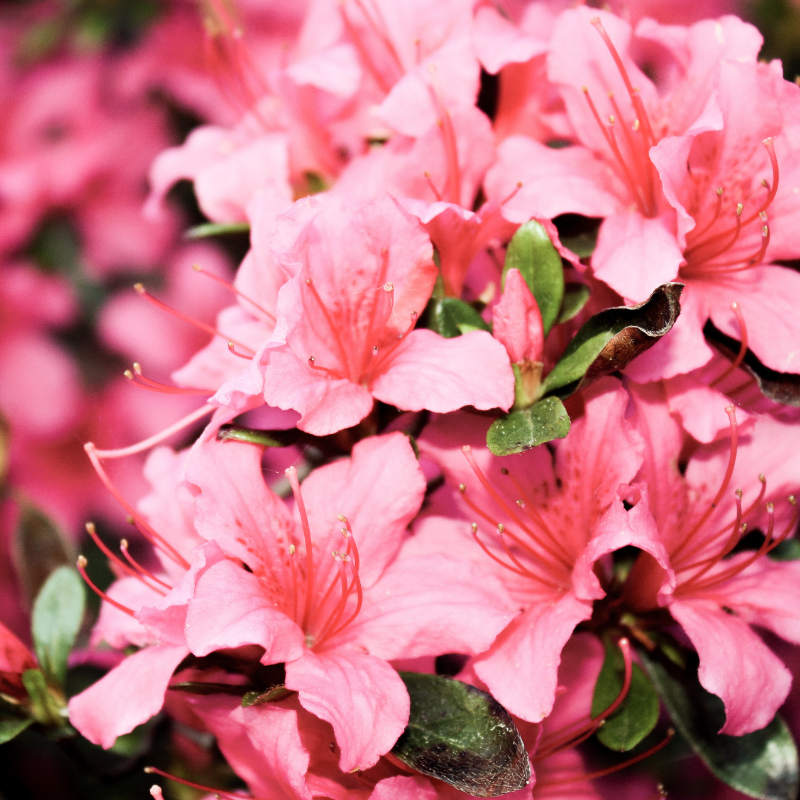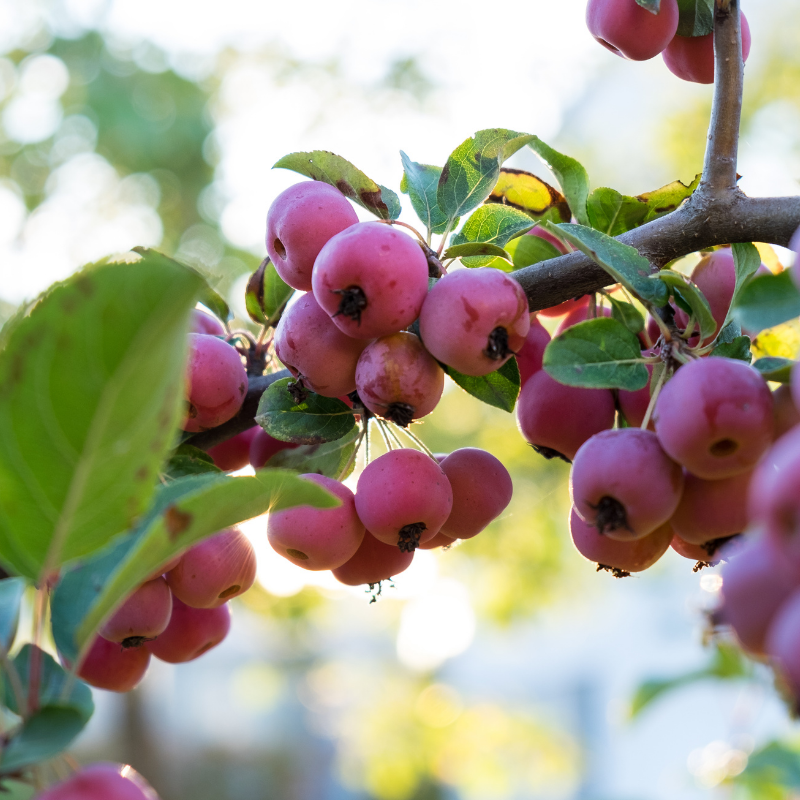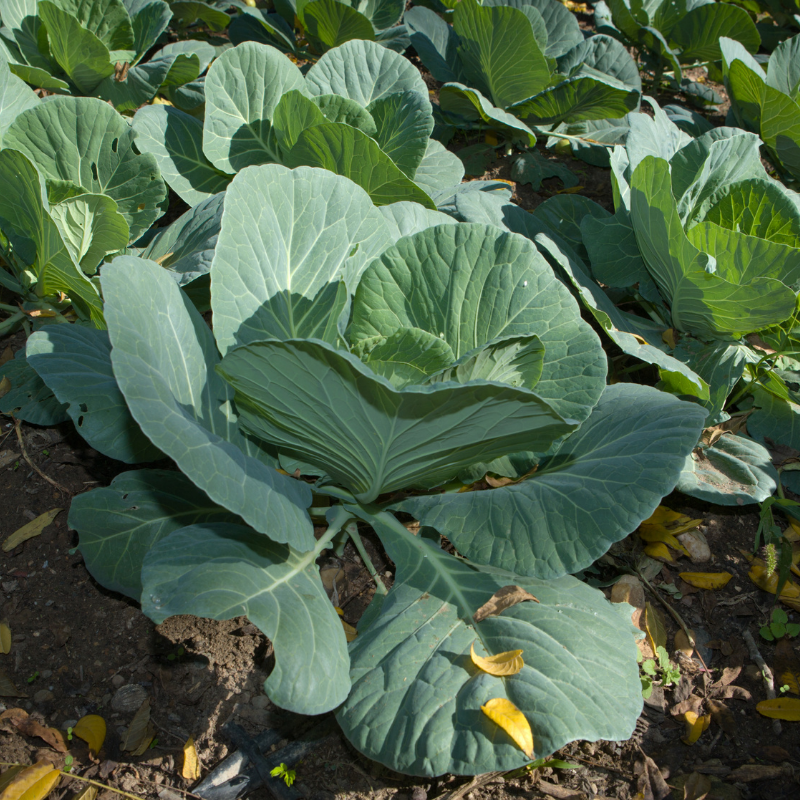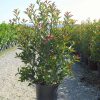It may seem as if summer is the time to rest and enjoy your well-established garden before the seasons change. And while this may be the case for a few weeks in summer, there is still plenty of work ahead. As nice as it is to see your summer crops thriving, it’s also time to start preparing for your cool-season fall plants!
Prune Existing Plants
While pruning your plants is a good thing, and even necessary, there are some precautions you ought to take before pruning so as to ensure the best blooming and growth for next year. July is a great time to prune your plants, but you want to make sure that you’re not too late to prune some plants.
Since different plants have different pruning requirements, first consider your plants that bloom on old wood (or last year’s stems) and that flower in the early spring. These plants need to be pruned only immediately after they are done flowering. This is because these plants set next year’s blooms during the fall. If you wait too late after these plants have finished flowering, you risk pruning old wood stems that have already set next year’s blooms. The best thing you can do is to properly prune your plants once the last flowers have fallen for the year.
Additionally, you should prune any plants with dying, dead, or diseased stems and leaves to encourage new, healthy growth. Likewise, cut back the stems of plants that are too overcrowded as overcrowding can prohibit proper flower and fruit growth.
Plants you should prune immediately after flowering (1)

• Azalea/Rhododendron
• Beautybush
• Chokeberry
• Forsythia
• Lilac
• Mockorange
• Flowering Quince
• Viburnum
• Spirea
Plants you can prune in July (2)

• Spring perennials with dead foliage and flower
• Annuals that are getting too leggy, woody, or uneven.
• Shade trees like birch, crab apple, maple, oak, flowering cherry, flowering plum, spruce, and willow.
Prepare Soil for Fall Planting

Although it still seems far away, fall is right around the corner! As preparing your soil for fall plants pertains mostly to vegetable and fruit gardens, you’ll want to prepare your soil for your upcoming cool-weather crops. The best thing you can do in July to prepare for your fall crops is to weed your old crops out, and especially pull out any unwanted weeds from your garden beds, and to amend your soil.
If you ran into soil-based problems in the spring and summer, without proper soil amendment, you’re sure to run into those same issues throughout the cooler season. If you are able, begin adding organic matter to your garden beds as soon as you pull your warm-season crops. This can be compost, grass clippings, leaves, or hay. Since Texas soil is especially known for its clay make-up, these organic matters will help create a healthier environment for plants to establish stronger root systems. Lastly, add fertilizer to the soil in preparation.




